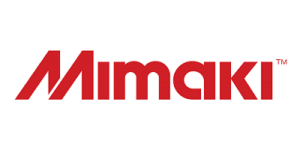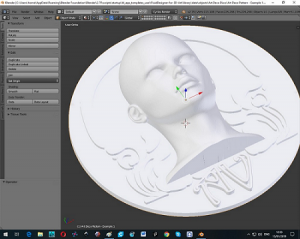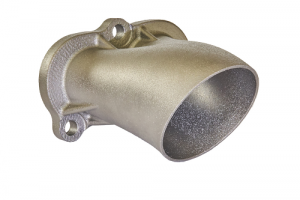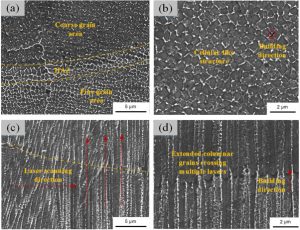Metal and composite 3D printer manufacturer Markforged has now released Inconel 625 for the Metal X system, bringing a high-performance nickel superalloy to many more users.
Inconel 625 is used in many high-performance applications where corrosion resistance and temperature resistance are sought qualities. 625 is used in turbines, piping, valves, specialized industrial equipment, hydraulics and in flow applications. It is used in the nuclear and defense industry as well as aerospace, oil, power, chemical, and the marine industry. 625 has already been available on the Exone systems for a few years and recently was made available for Digital Metal. Sandvik, Hoganas, and AP&C already offered 625 for the Powder Bed Fusion market. SLM Solutions, Admatec, 3D Systems, GE and EOS machines let you print in the material. You could order 3D printed 625 parts from Stratasys Direct and others as well.
The systems and setups you would need to successfully print Inconel 625 would be quite extensive and expensive, however. Conventionally manufacturing 625 was often also complex. What Markforged is now doing is making this material an option for many more applications and users. The Markforged Metal X is available for around $100,000. This is a fraction (15% to 5%) of what you’d need to spend with other manufacturers to be able to 3D print 625. Along with a washing, debinding and sintering step the Metal X lets you in a relatively affordable way print parts. Binder jetting metals is still difficult with new geometries and different wall thicknesses and sizes leading to different shrinkages. So ten thousand of the same or similar parts should not be a problem but 10,000 completely unique parts would be. Traditionally as well we think of Powder Bed Fusion as providing us with higher performance more accurate parts than binder jet.

The Metal X set up (is it ten or X, I’ve never asked)
But Markforged is opening a niche here in manufacturing which is a very exciting one. Yes, there is a burgeoning market for Powder Bed Fusion for qualified parts for nuclear, marine and aviation. This market alone in the relatively exotic 625 material is potentially huge. An even broader market exists around this market in processing, marine, automotive, flow, power, defense and oil and gas. This market is huge. Localized production of defense products in-country at the base or at the oilfield alone is a vast market. In light of recent events in Saudi Arabia, 5% of global crude production has been halted for a number of weeks or perhaps months. The Abqaiq attack exposed Aramco to loses of $200 million per day. In that kind of money no object, scenario local production of replacement parts, valves, pipes, and fittings would be a welcome addition for Aramco and many other NOCs. We think that we’re always so cool in 3D printing but our effects and uses represent a considerable impact on small elements of industries to which ours is a rounding error. If the loses from Abqaiq last as much as two months, one firm Aramco, will have forgone in revenue from one damaged site what our entire industry generates in revenue per year.
The US navy seems intent on putting 3D printers on aircraft carriers and other ships. For some reason, they have a penchant for Powder Bed Fusion. I think putting a laser and powder system which needs argon to run onboard an aircraft carrier is lunacy. But, a Metal X system may be much easier for the Navy to operate safely. Surely it will tend to explode less? At the same time, one would expect fewer problems with the whole you know, moving boat thing. Given what is at stake in the Navy with delays, the potential of underway replenishment is also considerable. Onboard 3D printing also makes a lot of sense for some commercial shipping and offshore.
I’m on the whole very skeptical of binder jet but very bullish on the prospects of 3D printing for marine and oil and gas applications. There is incredible unexploited potential there. On time, small series, weight-saving or flow-optimized parts produced in place is exactly the sweet spot of 3D printing. I really believe that Markforged has real potential here to open three multi-billion-dollar markets for 3D printing: in defense local spares, marine and oil, and gas. Apart from Ivaldi, some work by Voestalpine, SLM and Aidro, no one is paying attention to oil and gas or marine. In April we looked at shipboard 3D printing but while this area is expanding it lags significantly behind aviation and even automotive in the adoption of 3D printing.
Jon Reilly, VP of Product at Markforged says that,
“Inconel is traditionally a difficult and expensive material to work with. Before Markforged, many would have to wait for a contract supplier, invest significantly in mold creation, or purchase a powder-based process that requires intensive facility build-outs and highly trained technicians, Now manufacturing Inconel is fast, safe, and affordable.”
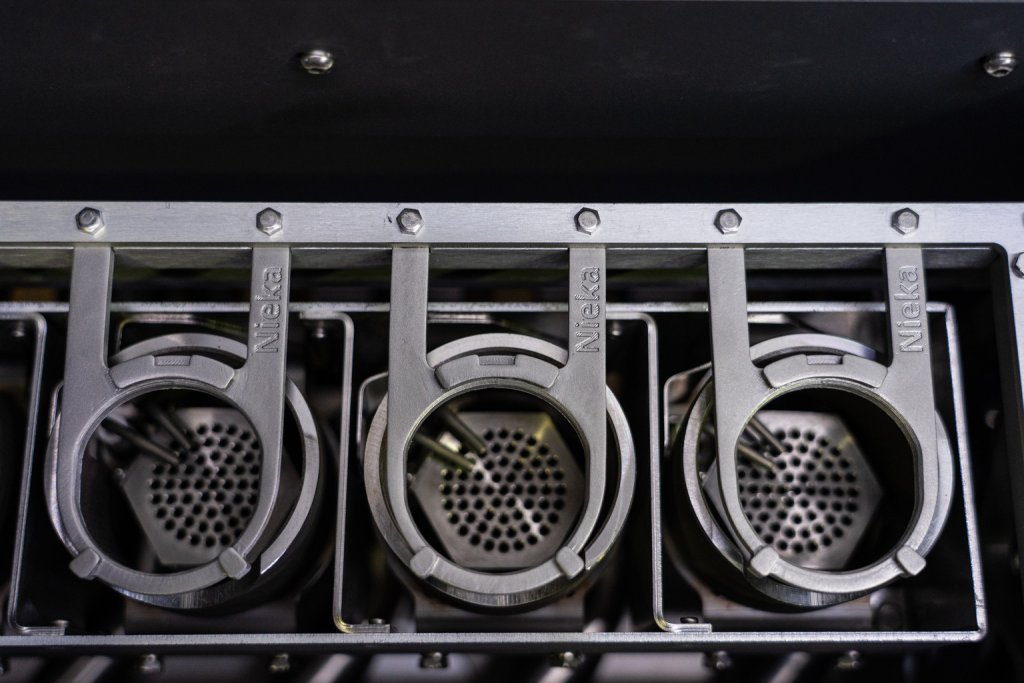
The launch customer is also Nieka Systems which makes “sample preparation equipment for the mining and cement production industries” and has “3D printed Inconel crucible clips to hold samples in place while rapidly and repeatedly cycling between high and low temperatures. The team can now print the same batch of parts in-house 10x cheaper and in just a few days instead of waiting four weeks for the 3D printed parts to be delivered from a third-party supplier.”
You can read more on the case study here.
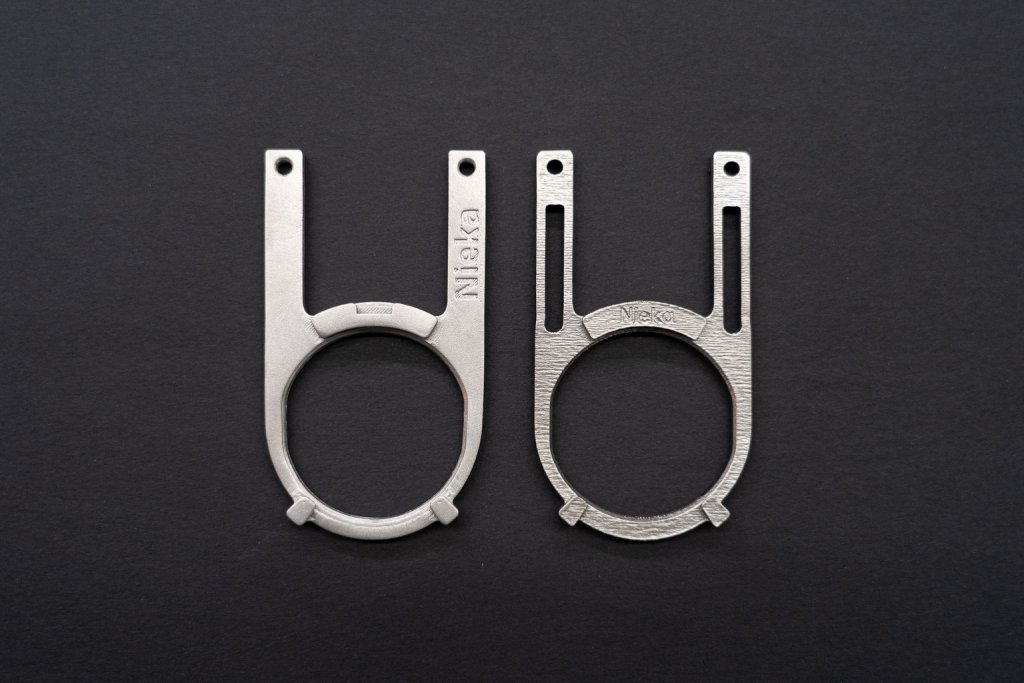
There is a lot to be stated for this kind of in time local production by regular industry as well. Whereas I’m super skeptical about metal binder jet being used for many different unique parts, using it for standardized parts, replacement parts and consumables to me has a really exciting future. I’d love for ruggedized Metal X systems to be offered certified for use onboard vessels and able to produce certified and qualified parts for oil and gas as well as marine applications. For now, being able to cost-effectively print 625 moves us all a bit closer to where we want to be.
The post Markforged Metal X Now Lets You 3D Print in Inconel 625 appeared first on 3DPrint.com | The Voice of 3D Printing / Additive Manufacturing.

